Today we presented at the Newcastle Writers Festival. My presentation was titled, Expressions of Emotion. These are just some ideas that helped improve my writing that I will share with you.
In case you missed our session, here is my transcript!
Thank you Jessie, hi everyone.
At the moment I’m addicted to writing short stories so I always find the time to write because I enjoy it so much. I usually enter my stories into local and national competitions. Some of my stories capture the attention of the judges, whilst others don’t. So when I’m reviewing my stories I like to read the reports by judges so that I can get an idea of what they’re looking for and also to help me find ways of improving my writing so that it will stand out from the crowd. A little while ago I read a report by Jennifer Mills. Jennifer Mills is often currently referred to as Australia’s best short story writer and she’s the editor of Overland Literary Journal. So I was interested to read her comments.
She said, “…Few stories … [in the competition] … displayed the emotional weight of good fiction…” She also said. “…Your story needs to carry 10 times its body weight in emotion…”
Now that seems like a lot of emotion and a lot of hard work. And as I’ve found out it is a lot of hard work and that’s probably why few stories carried enough emotion to have an impact on the judges.
So how do we create that level of emotion, simply through words?
As writers, words are all we have to bring our stories to life. But in real life when we think about emotional situations, words are often elusive. In fact we are often lost for words. When we are faced with difficult situations, like if a friend or relative dies we hear ourselves saying things like, “I don’t really know how I feel right now.” Or, “I can’t find the words to express myself.” These are devastating times, and no amount of words will carry the depth of emotion we feel. In fact sometimes silence is all we have.
So the words that we do attach to emotion are basic intangible words, like happiness, sadness, fear, anger, and so forth. We all understand what these words mean and everyone attaches their own meaning to them. But they can be quite abstract and I’ve found they’re not enough for my writing. They don’t carry nearly enough emotional weight to move the reader.
There are certainly effective techniques that we can use in our stories to describe emotion. Peter Carey used an image of a ‘Happy Hound’ in his story Bliss to describe his character. The reader can immediately conjure up an image of what the character might be like. I got a sense of playfulness and eagerness to please.
Action is another technique to show what kind of person the character is or how they feel, for example, in the story Blood, author Karen Hitchcock used action when she wrote, “Bob’s father ruffled his hair…” I got a sense that the father was proud of his son and this tells us something about Bob’s father.
But I wanted to explore another dimension of writing, one where the reader could actually feel the emotion personally, and become active in the story and be moved by it.
I know for myself that I’ve read some stories where I’ve thought. Yeah… that’s a sad story. And then I’ve read stories that have affected me so much that I’ve literally cried as if the story happened to me, and the emotional impact stayed with me and challenged my way of thinking. It’s as though the author struck a personal chord and made a human connection with me.
These are the stories that carry a lot of emotional weight. So how did the author do that?
We discussed this topic in our writing class, and we looked at some of the techniques that winning authors use and we can start to get an idea of how they evoke emotion so effectively. For example, Evie Wyld is the author of All the Birds, Singing and she won the Miles Franklin Literary Award in 2014. On the back cover is a comment by The New York Times. It states, “…emotionally wrenching…” So I suspect that the reviewer felt powerful emotion and was personally moved by the story.
I just want to read a short paragraph from the book because we can learn a lot from other authors. I didn’t want everyone to cry so I chose an example of fear rather than sadness. Let’s look at how the author allows us to feel her character’s fear by using specific details.
READ
‘There was something sick in the air, like someone had lit a scented candle to mask a bad smell. The house was still. Dog stood by the closed door, looking at the space underneath, his hackles up and his legs straight and stiff, his tail rigid, pointing down. And then one creak, on the ceiling, like someone walked there. I held my breath and listened past the blood thumping in my ears. It was quiet and I pulled the covers up under my chin. The sheets chafed loudly against themselves. Dog stayed fixed on the door. A small growl escaped him.’
Evie Wyld, All the Birds. Singing (2013).
The first time I read that paragraph I felt her fear immediately. But nowhere does the character tell us that she is scared and the author certainly doesn’t use any abstract or intangible emotional words. She uses specific details and the paragraph is more emotional for it. Notice the specific details about the dog; hackles up, tail rigid, pointing down. She’s trusted that the reader would know that the dog was on high alert and ready for attack. She trusted that the reader would feel fear for themselves. I really like that technique.
Back in our writing class, our teacher also referred us to Katherine Mansfield and T.S. Eliot, both authors write emotion powerfully in their work.
T.S. Elliot suggests that, “…The only way of expressing emotion is in the form of an objective correlative…” We can take abstract emotional words such as sadness fear etc. and we can externalize them and make them concrete. I particularly like this technique. We can do this by using an everyday object that serves a purpose for that character. For example this Buddha.
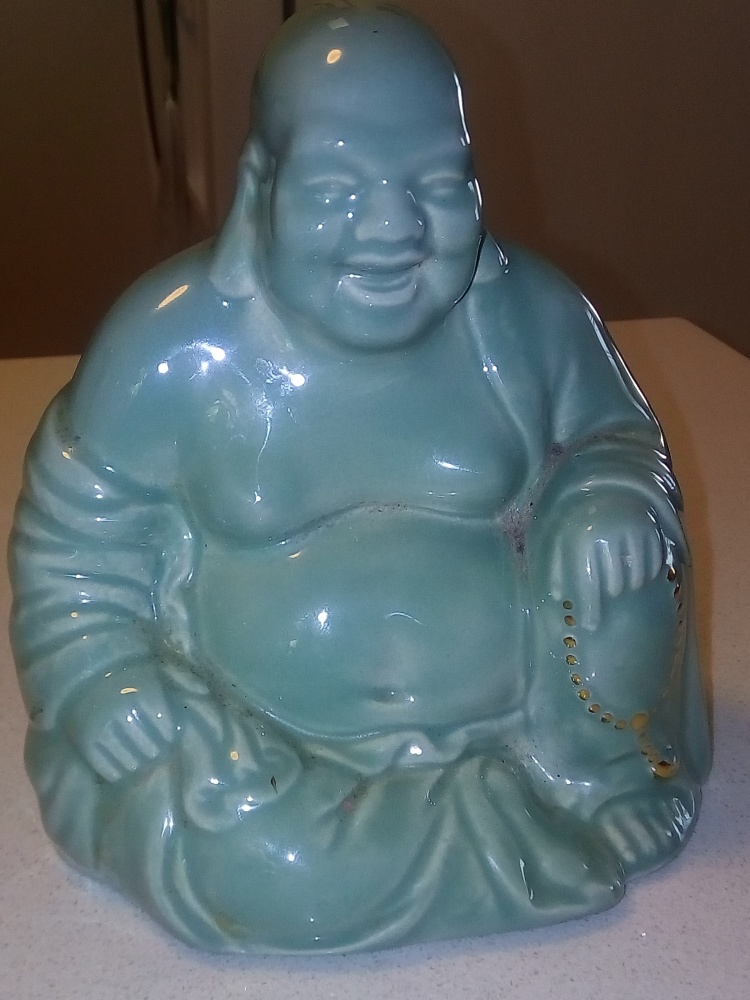 SHOW BUDDHA
SHOW BUDDHA
This Buddha was given to me by my oldest best friend from kindergarten, Janine. Our birthdays are only one day apart. We spent our childhood together hanging out at the beach, riding our bikes together. We even went on holidays with each other’s parents to Foster and North Haven. When we got older, I was her bridesmaid and she was mine. We’re still friends now. When we were about to turn 8, Janine asked her mother to make me something special and her mum made me this Buddha in her ceramics class. Janine gave it to me for my 8th birthday. Underneath Janine engraved a simple message. It says, ‘To Maree from Janine.’ It’s in her 8 year-old handwriting. I’ve had this Buddha for 42 years…. Janine’s mum died unexpectedly, a few years ago.
As you can see this Buddha embodies some of my personal history. And what I did just then was not to tell you how I felt. I didn’t tell you I was happy or sad, but I gave you some brief story details and I showed you the object so that you could feel the emotion yourself.
If I were to write this Buddha into my story, it would become more than just a Buddha it would almost take on a life of its own and become symbolic. The Buddha reveals some personal history about the character and it also embodies concrete emotion that the reader can connect with.
In my most recently published short story, Beside Myself. I used clothes as objects to convey a spectrum of emotions throughout the story. And it seems it paid off, it must have stood out from the crowd in some way because it was judged to be good enough to make it into the finals of the Newcastle Short Story Award 2016 and was published in this book.
Beside Myself is a fictional surreal story inspired by fragments of real events. The story is told from the point of view of an elderly lady who tells her story of life, friendship and loss, through the “de-cluttering” of her wardrobe. I focused on using specific details and objects to convey emotional messages and add layers to my writing.
I’ll read a small piece from the story now so that you can get a sense of what I mean by this. READ FROM THE BOOK.
‘As I stand in front of the wardrobe now the fog clings to my nostril hairs, cold and rank. I raise my right hand. It trembles. I clutch the doorknob and turn. Click. The door eases open. A creak echoes through the bedroom. Clothes hang like statues from weary coat hangers; some wooden, some satin, now discoloured, and some crocheted with tiny purple flowers, once intricately entwined, now hanging limp. The rod bends under the heavy weight of the clothes and the musty smell is overpowering.’
Maree Gallop, Beside Myself, Newcastle Short Story Award Anthology 2016
Now I can’t read you the next part, because it will spoil the story. You can read the rest for yourself in this book if you like.
So what I was aiming to do was to draw the reader’s attention to the wardrobe and allow them to feel some apprehension about opening it, and then I used specific details to describe the coat hangers so that the reader could see inside the wardrobe with the character. The coat hangers as objects also carry emotional layers. The clothes as objects carry emotion throughout the story.
So just to wrap up, I’ve found that the best way for me to add emotional weight to my stories is to go over my drafts and unsuccessful stories and search for opportunities to use these techniques to make my writing POP with emotion.
My goal is to create a human connection through fiction.
Thank you.
(Maree Gallop)


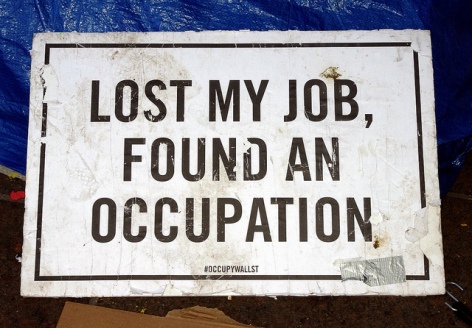 Image by David Shankbone at https://www.flickr.com/photos/shankbone/6219944289/
Image by David Shankbone at https://www.flickr.com/photos/shankbone/6219944289/ 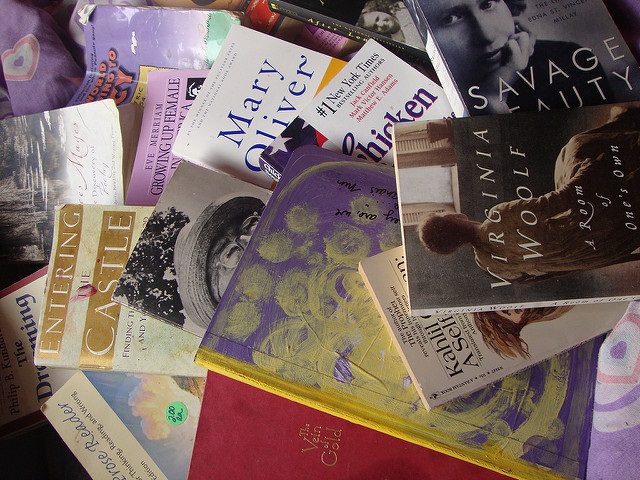 Image by Julie Jordan Scott at https://www.flickr.com/photos/juliejordanscott/4248190717/
Image by Julie Jordan Scott at https://www.flickr.com/photos/juliejordanscott/4248190717/ 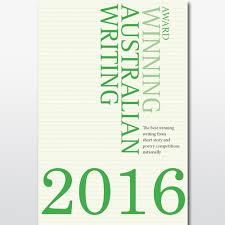 front cover
front cover 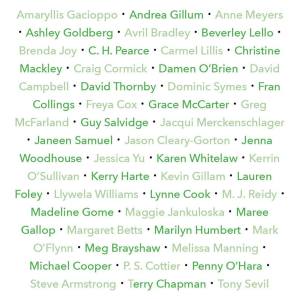 back cover
back cover 
 SHOW BUDDHA
SHOW BUDDHA